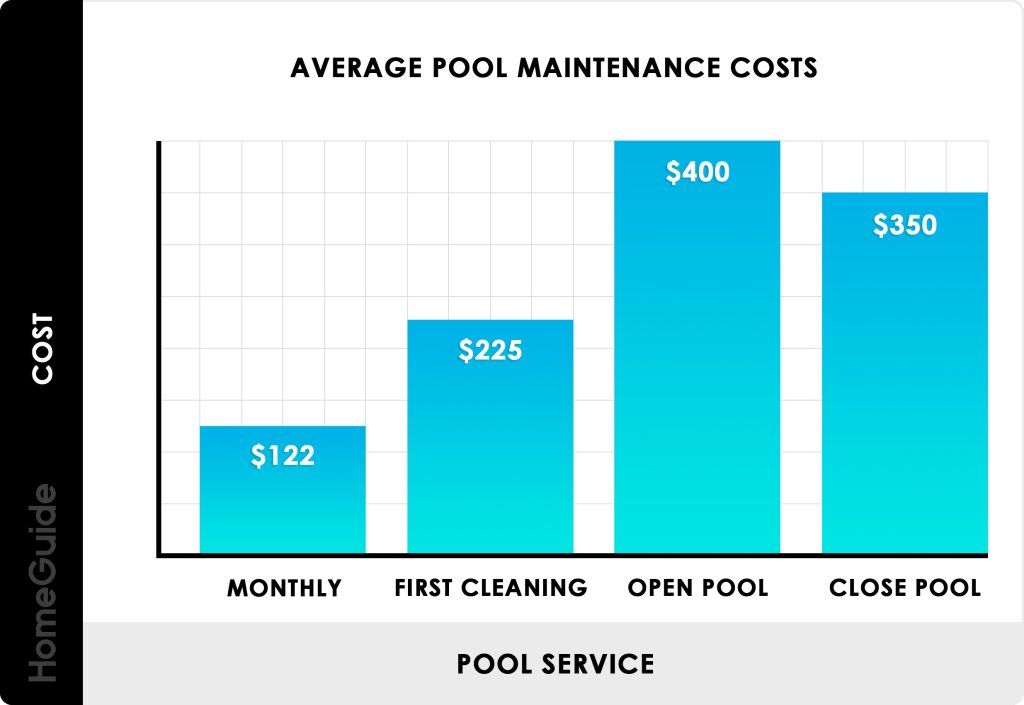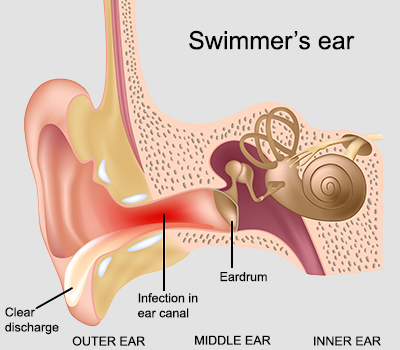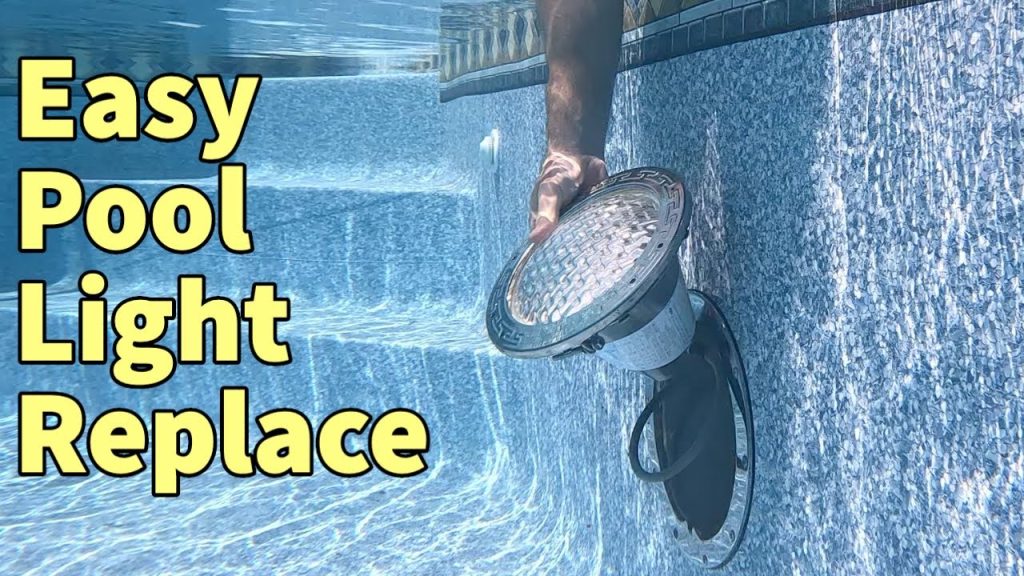Maintaining a swimming pool can be expensive. The costs can vary widely.
Owning a swimming pool can be a dream come true. But, keeping it in top shape involves ongoing costs. From chemicals to cleaning, these expenses add up. It’s important to know what you might spend to maintain your pool. Understanding these costs will help you budget better.
In this post, we’ll break down the various expenses involved. This will give you a clear picture of what to expect. Whether you’re a new pool owner or considering one, this guide is for you. Get ready to dive into the details of pool maintenance costs.
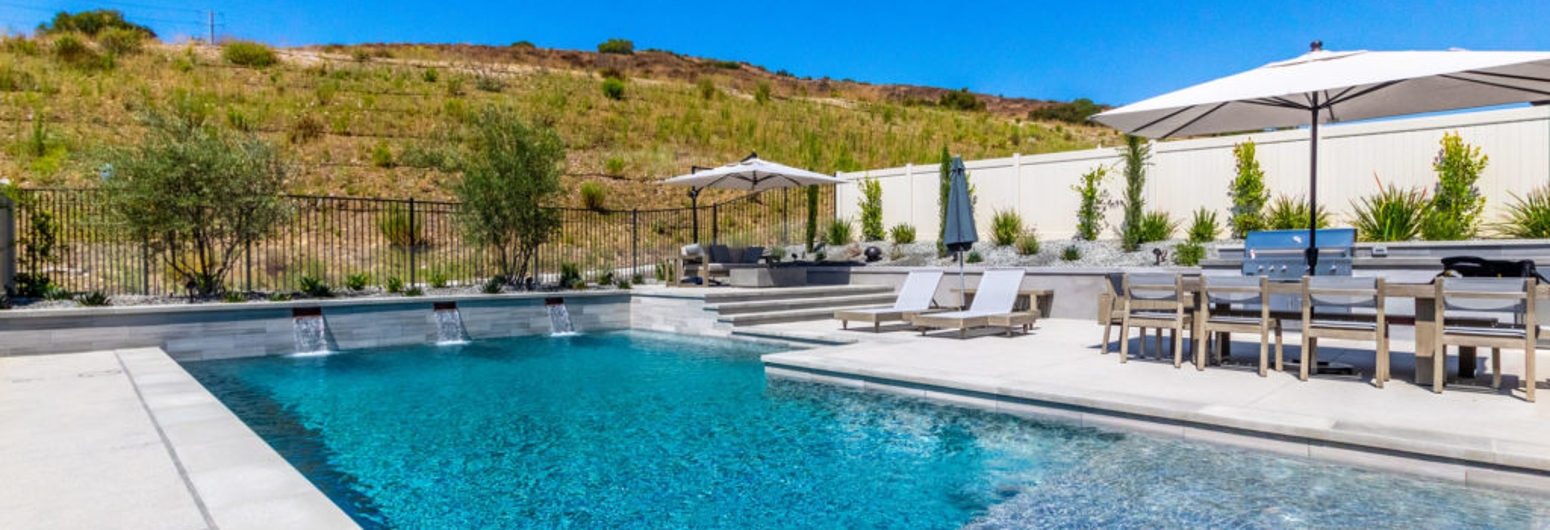
Credit: www.californiapools.com
Introduction To Pool Maintenance Costs
Maintaining a swimming pool can seem like a daunting task. Understanding the associated costs helps manage expectations and budgets. Let’s dive into the details of pool maintenance costs and why they are essential.
Importance Of Regular Maintenance
Regular maintenance keeps your pool clean and safe. Neglecting upkeep can lead to algae growth, which is harmful. Regular checks also help identify minor issues before they become major problems. This saves money in the long run. Clean water is crucial for health and safety. Regular maintenance ensures this.
Factors Influencing Costs
Several factors affect the cost of maintaining a pool. Here are some key elements:
- Pool Size: Larger pools require more chemicals and energy. This increases maintenance costs.
- Type of Pool: Different pools need different care. For example, saltwater pools need specific maintenance.
- Frequency of Use: Pools used often need more frequent cleaning.
- Location: Climate impacts maintenance. Pools in warm areas may require more frequent care.
- Type of Maintenance: DIY or professional services have different costs.
Understanding these factors helps in planning and managing pool maintenance costs effectively.
Initial Setup Costs
Maintaining a swimming pool can be a rewarding experience. But understanding the initial setup costs is crucial. Knowing these costs helps you plan better and avoid surprises. Let’s dive into the main expenses involved in getting your pool ready.
Pool Installation Expenses
The first major cost is the pool installation itself. This includes digging the hole and laying the foundation. The type of pool you choose affects the price. In-ground pools are more expensive than above-ground pools. Expect to pay between $20,000 to $50,000 for an in-ground pool. Above-ground pools cost around $3,000 to $10,000.
Essential Equipment And Accessories
Once the pool is installed, you need essential equipment. This includes a pump and filter system. A good pump ensures clean and clear water. Filters help remove debris and dirt. These can cost between $500 to $1,200.
Other essential accessories include a pool cover and a ladder. Pool covers protect your pool from dirt and reduce maintenance. Ladders provide safe access in and out of the pool. Covers can cost around $50 to $200. Ladders range from $100 to $400.
Routine Maintenance Expenses
Maintaining a swimming pool involves various routine maintenance expenses. These costs ensure your pool stays clean, safe, and enjoyable for use. Below, we will break down the typical expenses associated with weekly cleaning, chemical balancing, and monthly and seasonal tasks.
Weekly Cleaning And Chemical Balancing
Weekly cleaning is vital for a healthy pool. Skimming debris, vacuuming, and brushing walls prevent algae and dirt buildup. Most pool owners spend about $20 to $50 per week on cleaning supplies.
Chemical balancing is another crucial task. Maintaining the right pH and chlorine levels ensures the water is safe and clear. The average cost for chemicals like chlorine, pH balancers, and algaecides ranges from $15 to $30 per week.
Here is a breakdown of weekly costs:
| Item | Weekly Cost |
|---|---|
| Cleaning Supplies | $20 – $50 |
| Pool Chemicals | $15 – $30 |
Monthly And Seasonal Tasks
In addition to weekly tasks, there are also monthly and seasonal maintenance expenses. Monthly tasks include checking the pool filter, inspecting equipment, and adding specialized chemicals. These tasks typically cost between $50 and $100 per month.
Seasonal tasks are more extensive. They involve opening and closing the pool for the swimming season. This includes removing the cover, cleaning the pool, and balancing the chemicals. The cost for these services can range from $150 to $300 per season.
Below is a summary of monthly and seasonal costs:
| Task | Cost |
|---|---|
| Monthly Maintenance | $50 – $100 |
| Seasonal Maintenance | $150 – $300 |

Credit: www.citizensbank.com
Chemical Costs
Maintaining a swimming pool involves various costs, including the expense of chemicals. Chemicals keep the water clean, safe, and clear. The most common chemicals used are chlorine, pH balancers, algaecides, and specialty chemicals.
Chlorine And Ph Balancers
Chlorine is essential for killing bacteria and keeping the pool safe. It comes in tablets, granules, or liquid form. The average cost of chlorine can range from $20 to $80 per month.
pH balancers are also necessary. They keep the water’s pH level in check. The cost of pH balancers is usually between $10 and $30 per month. Balancing the pH helps the chlorine work effectively.
Algaecides And Specialty Chemicals
Algaecides prevent algae growth. They are an important part of pool maintenance. The cost of algaecides can range from $10 to $30 per month.
Specialty chemicals may include clarifiers, stain removers, and enzymes. These chemicals address specific water issues. Their cost can vary widely, generally falling between $10 and $50 per month.
In total, chemical costs can add up. But they are crucial for a clean and safe swimming pool.
Equipment Maintenance And Replacement
Maintaining a swimming pool involves regular care of various equipment. Proper equipment maintenance ensures your pool stays clean and functional. Neglecting this can lead to costly replacements. Below, we will discuss the costs and processes related to two key aspects: Pump and Filter Maintenance and Replacing Worn-Out Parts.
Pump And Filter Maintenance
The pump and filter are vital for keeping your pool water clean. Regular maintenance helps them work efficiently. Cleaning the filter should be done every 1-2 weeks. This involves removing debris and inspecting for damage. A dirty filter can lead to pump strain, increasing energy costs.
Backwashing is another essential task. It flushes out trapped dirt and debris from the filter. This should be done every month. The cost for backwashing chemicals is typically around $10-$15 per month.
The pump itself needs attention too. Check the pump basket weekly and remove any debris. Also, ensure the pump lid is sealed tightly to prevent air leaks. Lubricating the pump o-rings every few months can prevent wear and tear.
Replacing Worn-out Parts
Despite regular maintenance, parts will eventually wear out. Replacing them promptly is crucial to avoid larger issues. The most common parts needing replacement include:
- Filter Cartridges: These usually last 1-2 years. Replacements cost between $50-$200, depending on the model.
- Pump Seals: Pump seals can wear out due to constant use. Replacing them costs around $20-$30.
- O-Rings and Gaskets: These small but essential parts may need replacing every year. Costs range from $5-$15.
Keeping a schedule for these replacements can help manage costs. Most pool owners spend around $500 annually on equipment maintenance and replacements. Investing in high-quality parts can extend their lifespan and reduce future expenses.
Energy Costs
Maintaining a swimming pool involves several costs, and one major expense is energy. Pool owners must consider the energy used by pool pumps, heaters, and other equipment. Understanding these costs can help manage your budget better.
Running Pool Pumps And Heaters
Pool pumps circulate water to keep it clean and clear. They run several hours each day. The cost of running a pool pump can add up quickly. Most pumps use between 500 to 2,000 watts of electricity per hour.
Heaters, on the other hand, keep the pool water warm. They are especially useful during cooler months. Heaters can be powered by electricity, gas, or solar energy. Electric heaters can consume a significant amount of energy. Gas heaters are faster but can be more expensive.
| Equipment | Energy Usage (kWh) | Approximate Cost per Month ($) |
|---|---|---|
| Electric Pump | 500-2,000 watts/hour | 30-100 |
| Electric Heater | 5-6 kWh | 100-300 |
| Gas Heater | 1.5-2 therms/hour | 150-400 |
Energy-saving Tips
Reducing energy costs for your pool is possible with a few simple steps:
- Use a pool cover: Covers retain heat and reduce evaporation.
- Install a variable speed pump: These pumps use less energy.
- Optimize pump run time: Run the pump during off-peak hours.
- Regular maintenance: Clean filters and ensure equipment runs efficiently.
- Solar heaters: They use the sun’s energy and cut down on costs.
Taking these steps can help lower energy expenses while maintaining a clean and warm pool.
Professional Services
Maintaining a swimming pool can be overwhelming. Professional services help ease the burden. They ensure your pool stays clean and safe for use. This section explores the costs and benefits of hiring experts.
Hiring Pool Maintenance Companies
Hiring a pool maintenance company can save you time and effort. These companies offer various services. They clean the pool, balance chemicals, and inspect equipment. The average cost ranges between $80 to $150 per month.
Some companies offer weekly or bi-weekly visits. The more frequent the visits, the higher the cost. Additional services like deep cleaning or algae treatment may cost extra. It’s crucial to compare prices and read reviews before hiring.
Cost Of Repairs And Emergency Services
Repairs and emergency services can add to the overall cost. Common repairs include fixing leaks, replacing filters, or repairing pumps. These repairs can cost anywhere from $100 to $1,000 depending on the issue.
Emergency services are more expensive. They might be needed for severe problems like broken heaters or major leaks. Emergency visits can range from $200 to $500 or more. It’s wise to have a budget for unexpected expenses.
| Service | Cost Range |
|---|---|
| Regular Maintenance | $80 – $150 per month |
| Common Repairs | $100 – $1,000 |
| Emergency Services | $200 – $500+ |
Maintaining a pool involves various costs. Professional services help keep your pool in top condition. Understanding these expenses helps you plan and budget better.
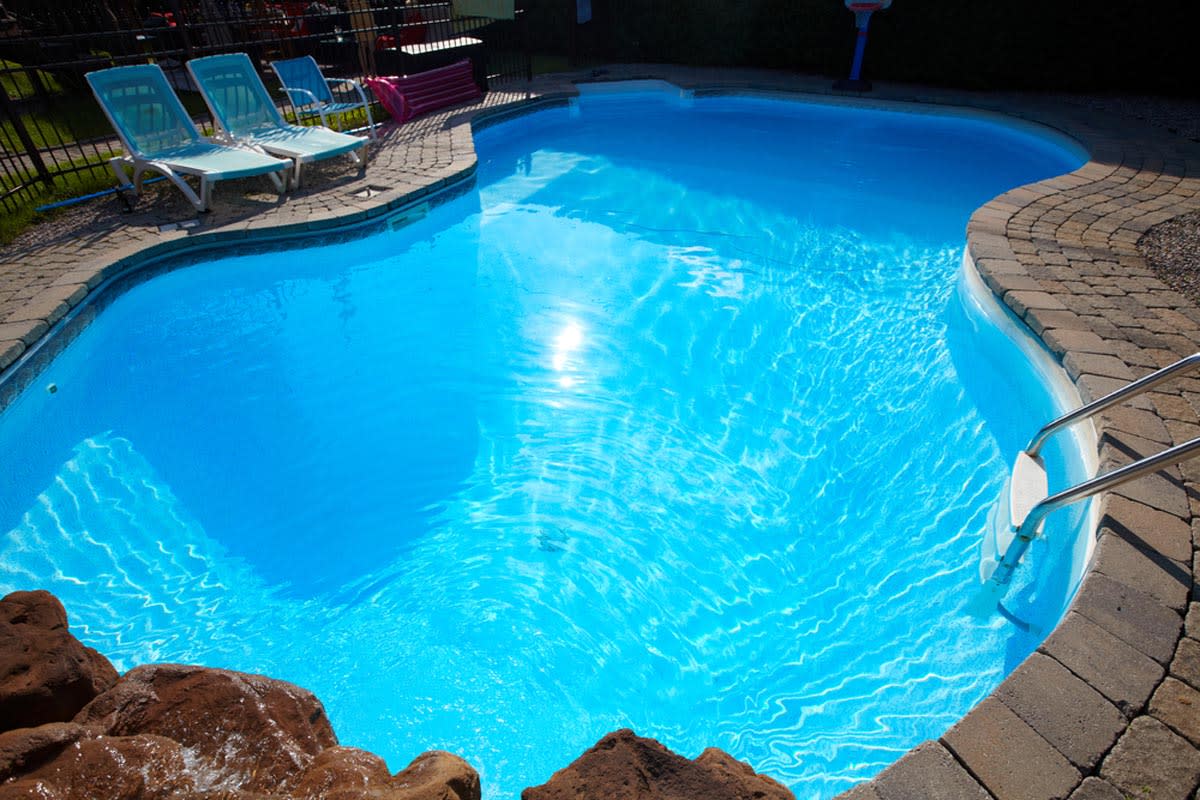
Credit: homeguide.com
Diy Vs. Professional Maintenance
Maintaining a swimming pool can vary in cost. DIY maintenance might save money but requires time and effort. Professional services ensure expert care but come with higher fees.
Maintaining a swimming pool can be a fun challenge. Many pool owners debate between doing it themselves or hiring professionals. Both options have their advantages and disadvantages. Understanding these can help you decide what works best for you.Pros And Cons Of Diy Maintenance
Doing it yourself can save you money. You can control when and how you maintain your pool. This can lead to a sense of accomplishment. Learning new skills can be rewarding too. But, DIY maintenance has its downsides. It requires time and effort. You must learn the right techniques. Mistakes can be costly. You also need to buy and store chemicals and tools. This can take up space and add to your expenses.When To Call In The Experts
Professional help is often necessary for complex tasks. If you see leaks or broken equipment, call a professional. They have the skills to fix these issues quickly. Professionals can also handle large-scale cleaning jobs. Regular maintenance services keep your pool in top shape. They test water quality and balance chemicals. This ensures a safe swimming environment. Professionals save you time and effort. They also bring peace of mind knowing your pool is well cared for. “`Seasonal Considerations
Maintaining a swimming pool requires attention year-round. The costs can vary depending on the season. Proper seasonal care ensures your pool remains in good condition and ready for use. Let’s explore the key seasonal considerations.
Winterizing Your Pool
Winterizing your pool helps protect it from cold weather damage. This process involves several steps to ensure your pool stays in good shape during the off-season.
- Clean the Pool: Skim off debris and brush the walls.
- Balance Chemicals: Ensure pH, alkalinity, and calcium levels are correct.
- Lower Water Level: Drain water to below the skimmer.
- Drain Equipment: Remove water from pumps, filters, and heaters.
- Cover the Pool: Use a durable pool cover to keep out debris.
These steps can prevent costly repairs and extend the life of your pool.
Preparing For Summer Use
As summer approaches, it’s time to get your pool ready for use. Proper preparation ensures a safe and enjoyable swimming season.
- Remove the Cover: Clean and store it properly.
- Refill the Pool: Bring water level back to normal.
- Inspect Equipment: Check pumps, filters, and heaters for any issues.
- Balance Chemicals: Adjust pH, alkalinity, and chlorine levels.
- Shock the Pool: Eliminate any lingering bacteria or algae.
These steps ensure your pool is safe, clean, and ready for summer fun.
Frequently Asked Questions
How Much Does Pool Maintenance Cost Monthly?
The cost of maintaining a swimming pool monthly varies, typically ranging from $80 to $150. Factors such as pool size, type, and location can influence the cost.
What Affects Swimming Pool Maintenance Costs?
Several factors affect the cost, including pool size, type, usage frequency, and local climate. Regular cleaning, chemical balancing, and equipment maintenance also play a significant role.
Are Saltwater Pools Cheaper To Maintain?
Saltwater pools often have lower maintenance costs. However, they require specialized equipment and periodic salt cell replacement, which can add to expenses.
How Often Should A Pool Be Cleaned?
A swimming pool should be cleaned at least once a week. Regular maintenance includes skimming debris, brushing walls, and checking chemical levels.
Conclusion
Maintaining a swimming pool can seem daunting, but it’s manageable. Regular cleaning, balancing chemicals, and occasional repairs are key. Costs vary based on pool size and type, but budgeting helps. DIY tasks save money, while professionals ensure thorough care. Plan ahead to avoid surprises.
Enjoy your pool without stress by staying proactive. Keep an eye on expenses and maintenance needs. A well-maintained pool offers endless enjoyment and adds value to your home. So, invest time and effort wisely for a sparkling pool experience.

